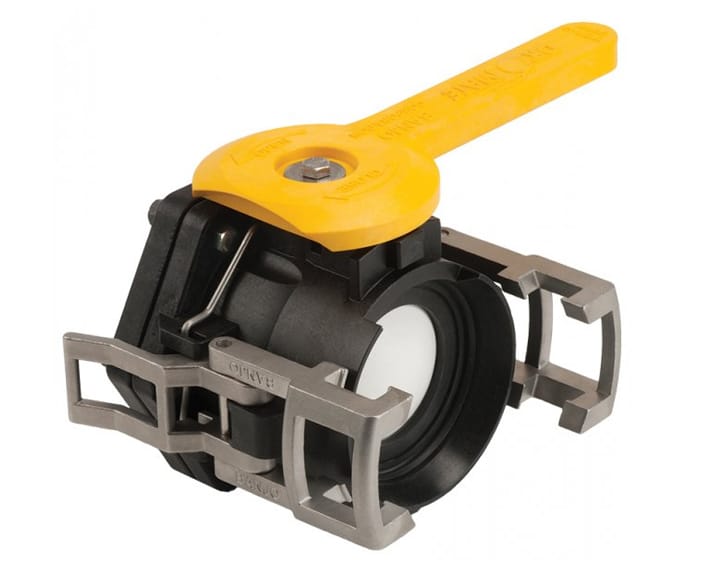Description
Dry-Mate is designed for safe and easy spill free connections. The ‘Double-Ball’ allows maximum flow, while the cam lever style of connection is th emost recognised coupling connector.
Wide range of chemical resistance. This Product is NOT recommended for use with gases or for low flash point liquids.
Special Features
The handles interlock making it easy to indentify which handle opens or closes first. No guessing is invloved! The two Dry-Mate halves couple together with cam levers for positive engagement.

